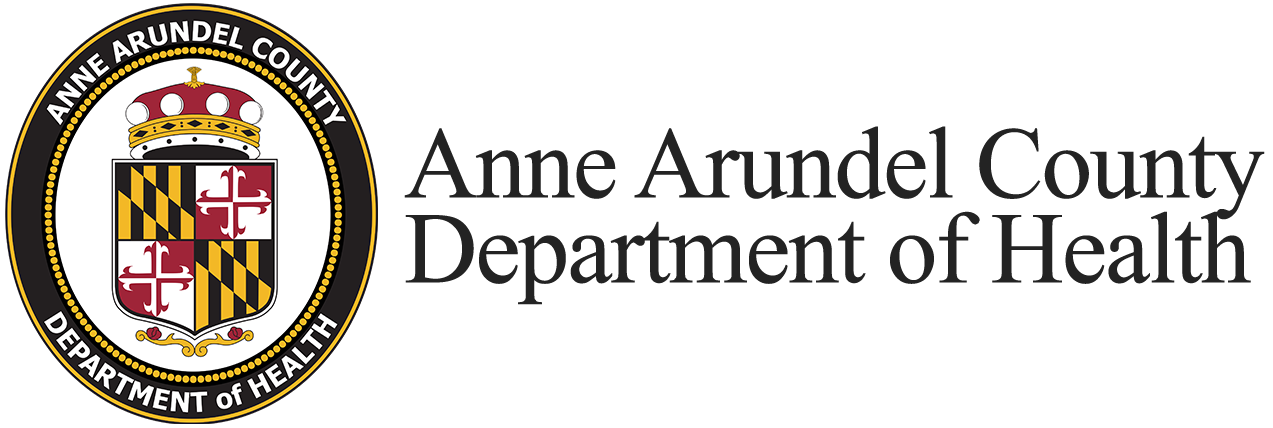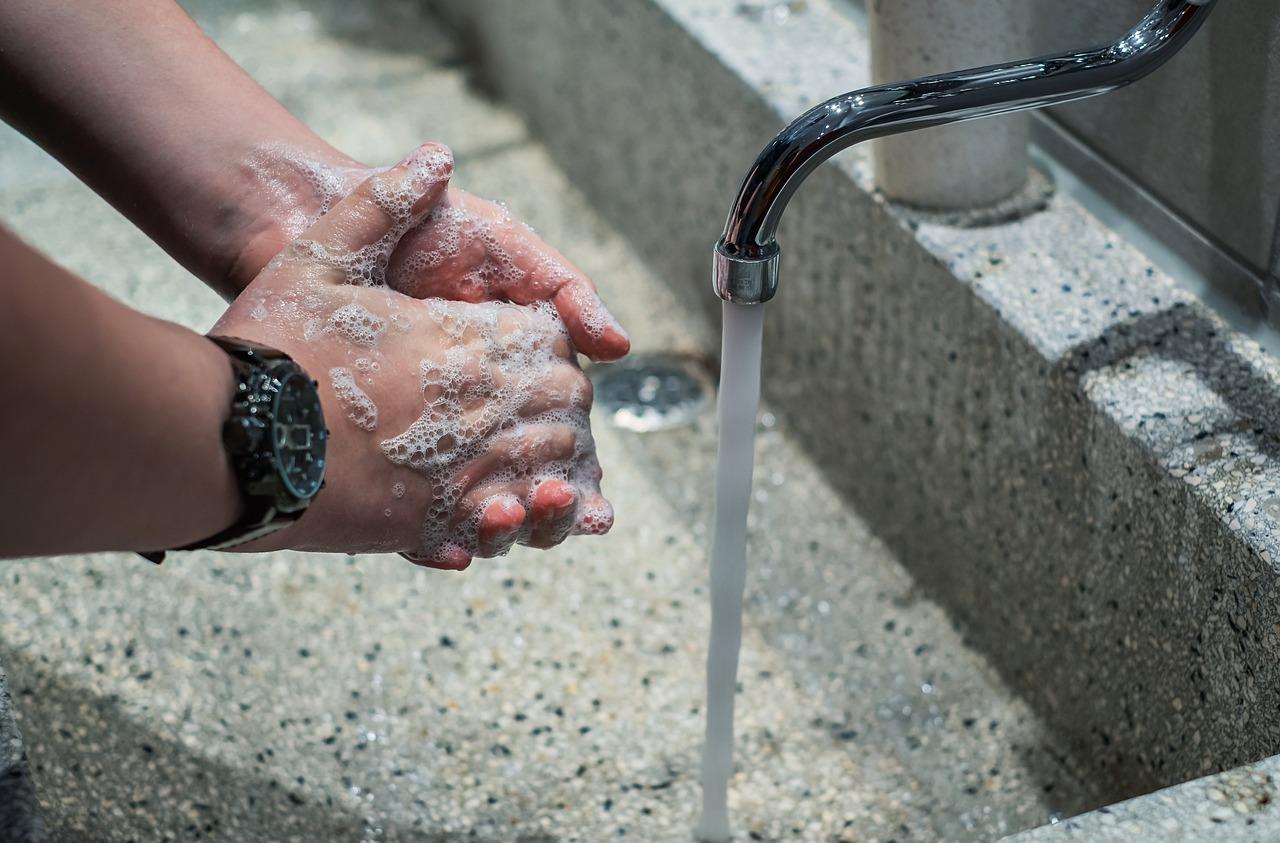What types of disease can good handwashing prevent?
- Diseases spread through indirect contact with respiratory secretions. This includes diseases such as COVID-19, influenza (flu), Streptococcus (pneumonia, strep throat), respiratory syncytial virus (RSV) and the common cold.
- Diseases spread through fecal-oral transmission. Salmonella, shigella, hepatitis A, giardia, enterovirus, amebas and campylobacteriosis are spread by this method. Because of diseases such as these, handwashing after using the toilet is very important.
- Diseases may also be spread when hands are contaminated with urine, saliva or other moist body substances. Cytomegalovirus (CMV), typhoid, staphylococcal organisms and Epstein-Barr virus (kissing disease) are spread this way.
What is good handwashing technique?
Follow these five simple steps to keeping hands clean:
- Wet your hands with warm running water.
- Add soap to your hands.
- Rub your hands together making a soapy lather. Do this away from the running water for at least 20 seconds, being careful not to wash the lather away. Wash the front and back of your hands, as well as between your fingers and under your nails.
- Rinse your hands well under warm running water. Let the water run back into the sink, not down to your elbows.
- Dry hands thoroughly with a clean towel. Then turn off the water with a clean paper towel and dispose in a proper receptacle.
What type of soap should be used?
Any type of soap may be used. To prevent chapping, use a mild soap with warm water; pat rather than rub hands dry; and apply lotion liberally and frequently.
What are some mistakes I should avoid regarding handwashing?
- DON’T use a single damp cloth to wash a group of children’s hands.
- DON’T use a standing basin of water to rinse hands.
- DON’T use a common hand towel. Always use disposable towels in day care or food preparation settings.
- DON’T use sponges or non-disposable cleaning cloths unless you launder them on a regular basis, adding chlorine bleach to the wash water. Remember that germs thrive on moist surfaces!
What are some ways to help children with good handwashing technique?
Help children wash their hands before eating, after playing outdoors or with pets, after using the bathroom, and after blowing their noses.
Don’t assume that children know how to wash their hands properly. Guide them to develop good handwashing habits.
Finally, children learn by example! Let them see you washing your hands properly!
May I use the over-the-counter hand sanitizers for washing my hands, instead of using soap and water?
Yes, these products are very effective at killing germs on the hands. An alcohol-based hand sanitizer that contains at least 60 percent alcohol can be used when soap and water are not available. Kids like to use them too!
Apply about a teaspoonful on the palm of one hand. Rub it all over both hands, making sure you rub the front, back and fingernail areas of both hands. Let the alcohol dry, which should take about 20 seconds.
If your hands look dirty but you have no other way to wash your hands, use the gel, but wash with soap and water as soon as you can.
For more information about handwashing, please see the links below:

